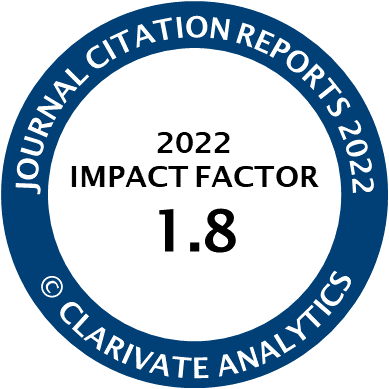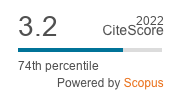Article | Open Access
Diverging Ambitions and Instruments for Citizen Participation across Different Stages in Green Infrastructure Projects
| Views: | 3918 | | | Downloads: | 2569 |
Abstract: Both theory and practice increasingly argue that creating green infrastructure in order to make cities climate-proof requires joint public service delivery across the green infrastructure’s lifecycle. Accordingly, citizen participation in each green infrastructure project stage is required, but the type of participation may differ. So far, limited research has been conducted to detangle how participation in green infrastructure projects is operationalised along the different project stages. This article, therefore, presents a comparative case study of nine European green infrastructure projects, in which we aim to determine: (1) how participatory ambitions may differ across green infrastructure project phases; and (2) which instruments are used to realise the participatory ambitions for each phase and whether these instruments differ across stages. The cases demonstrate different participation ambitions and means in the three project phases distinguished in this article (i.e., design, delivery, and maintenance). The design and maintenance stages resulted in high participation ambitions using organisational instruments (e.g., living labs, partnerships with community groups) and market-based instruments (e.g., open calls). In the delivery phase, participation ambitions decreased significantly in our cases, relying on legal instruments (e.g., statutory consultation) and communicative instruments (e.g., community events). Altogether, our exploratory study helps to define participation across the green infrastructure lifecycle: Early stages focus on creating shared commitment that legitimises the green infrastructure, while later stages are also driven by instrumental motives (lowering management costs). Although theory argues for profound participation in the delivery stage as well, our cases show the contrary. Future research can assess this discrepancy.
Keywords: climate adaptation; community involvement; green infrastructure; participation; policy instruments; urban water management
Published:
Supplementary Files:
© Jannes J. Willems, Astrid Molenveld, William Voorberg, Geert Brinkman. This is an open access article distributed under the terms of the Creative Commons Attribution 4.0 license (http://creativecommons.org/licenses/by/4.0), which permits any use, distribution, and reproduction of the work without further permission provided the original author(s) and source are credited.




